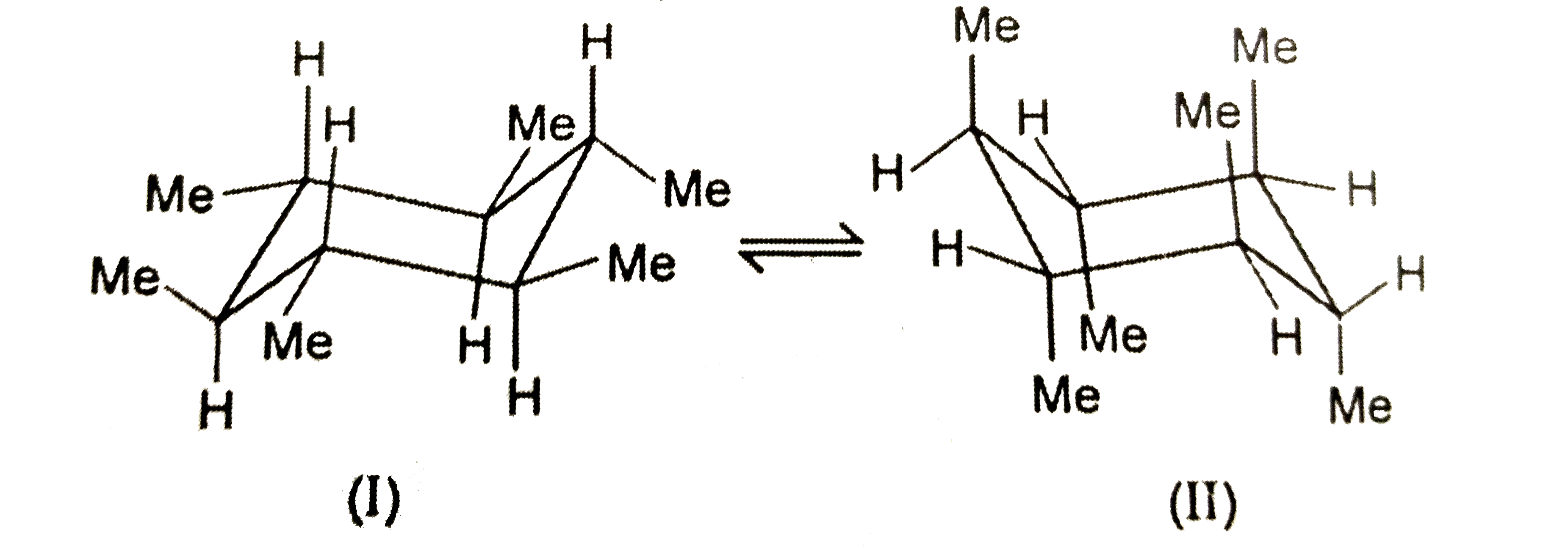Why is the colour of a leaf kept in the dark frequently yellow, or pale green? Which pigment do you think is more stable?
Step-by-Step Solution:
1. Understanding Leaf Color in the Dark:
- Leaves are typically green due to the presence of chlorophyll, which is essential for photosynthesis. When leaves are kept in the dark, they do not receive sunlight, which is necessary for chlorophyll to function properly.
2. Absence of Light:
- In the absence of light, chlorophyll cannot absorb energy. This lack of energy affects the chlorophyll's ability to maintain its green color.
3. Degradation of Chlorophyll:
- Without light, chlorophyll starts to degrade. As chlorophyll breaks down, the green color fades, leading to the appearance of other pigments in the leaf.
4. Appearance of Accessory Pigments:
- The yellow or pale green color observed in leaves kept in the dark is due to the presence of accessory pigments, such as carotenoids and xanthophylls. These pigments are usually masked by chlorophyll but become visible when chlorophyll is degraded.
5. Stability of Pigments:
- Among the pigments present in leaves, carotenoids and xanthophylls are more stable compared to chlorophyll. This stability allows them to persist even when chlorophyll levels decrease.
6. Conclusion:
- Therefore, the yellow or pale green color of leaves kept in the dark is due to the degradation of chlorophyll and the visibility of more stable accessory pigments like carotenoids and xanthophylls.
- Leaves are typically green due to the presence of chlorophyll, which is essential for photosynthesis. When leaves are kept in the dark, they do not receive sunlight, which is necessary for chlorophyll to function properly.
- In the absence of light, chlorophyll cannot absorb energy. This lack of energy affects the chlorophyll's ability to maintain its green color.
- Without light, chlorophyll starts to degrade. As chlorophyll breaks down, the green color fades, leading to the appearance of other pigments in the leaf.
- The yellow or pale green color observed in leaves kept in the dark is due to the presence of accessory pigments, such as carotenoids and xanthophylls. These pigments are usually masked by chlorophyll but become visible when chlorophyll is degraded.
- Among the pigments present in leaves, carotenoids and xanthophylls are more stable compared to chlorophyll. This stability allows them to persist even when chlorophyll levels decrease.
- Therefore, the yellow or pale green color of leaves kept in the dark is due to the degradation of chlorophyll and the visibility of more stable accessory pigments like carotenoids and xanthophylls.
Topper's Solved these Questions
Similar Questions
Why is the colour of a leaf kept in the dark turns yellow, or pale green? Which pigment do you think is more stable?
View SolutionWhich one is more stable and why?
 View Solution
View SolutionWhich of the following carbocation is more stable and why?
 View Solution
View SolutionA plane glass is placed over a various coloured letters (Violet, green, yellow ,red ). The letter which appears to be raised more is
View SolutionIs the thermometer reading of the temperature of air (in shade) the same as the temperature of sand or water? What do you think is the reason for this? And why does the temperature have to be measured in the shade?
View SolutionOf the several properties of living things, which you think is the most vital and why?
View SolutionYou are given 6 balls of different colours (black, white, red, green, violet, yellow), in how amny ways can you arrange them in a row so that black and white balls may never come together?
View SolutionDraw Newman and sawhorse projections for the eclipsed and staggered conformations of ethane. Which of these conformations is more stable and why ?
View SolutionBorax Bead Test is carried out when the original mixture is coloured. It is done with the help of a cleam platinum wire on which a small loop is made at the end. When borax is heated on platinum wire loop transparent glass like bead is obtained. The hot bead is brought in contact with salt till it reacts with fused borax and colour is imparted to the bead. bead colour is noted.
Colour of the beadIon1. Blue greenCu2+2. Yellow Fe3+3. GreenCr3+4. VioletMn2+5. Dark blueCo2+6. BrownNi2+
Q. The flame used in Borax Bead Test is:View SolutionBorax Bead Test is carried out when the original mixture is coloured. It is done with the help of a cleam platinum wire on which a small loop is made at the end. When borax is heated on platinum wire loop transparent glass like bead is obtained. The hot bead is brought in contact with salt till it reacts with fused borax and colour is imparted to the bead. bead colour is noted.
Colour of the beadIon1. Blue greenCu2+2. Yellow Fe3+3. GreenCr3+4. VioletMn2+5. Dark blueCo2+6. BrownNi2+
Q. Glassy bead of :View Solution

